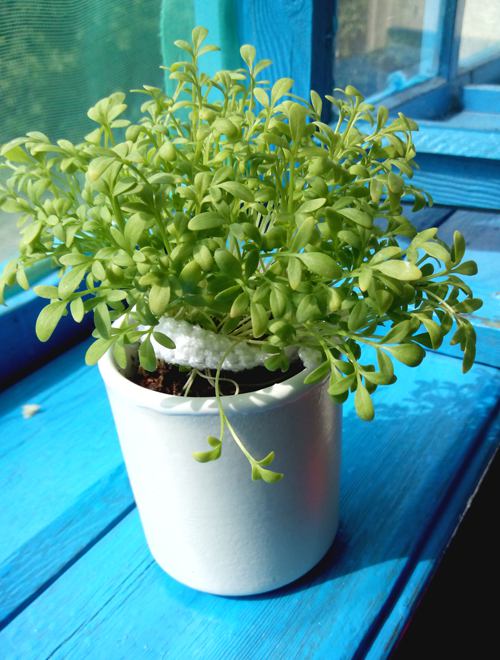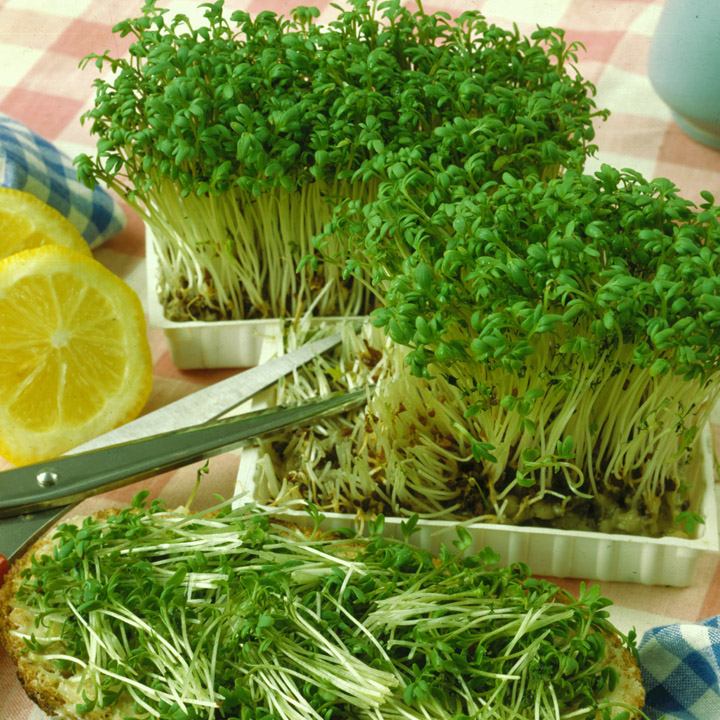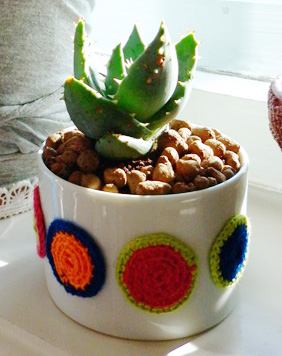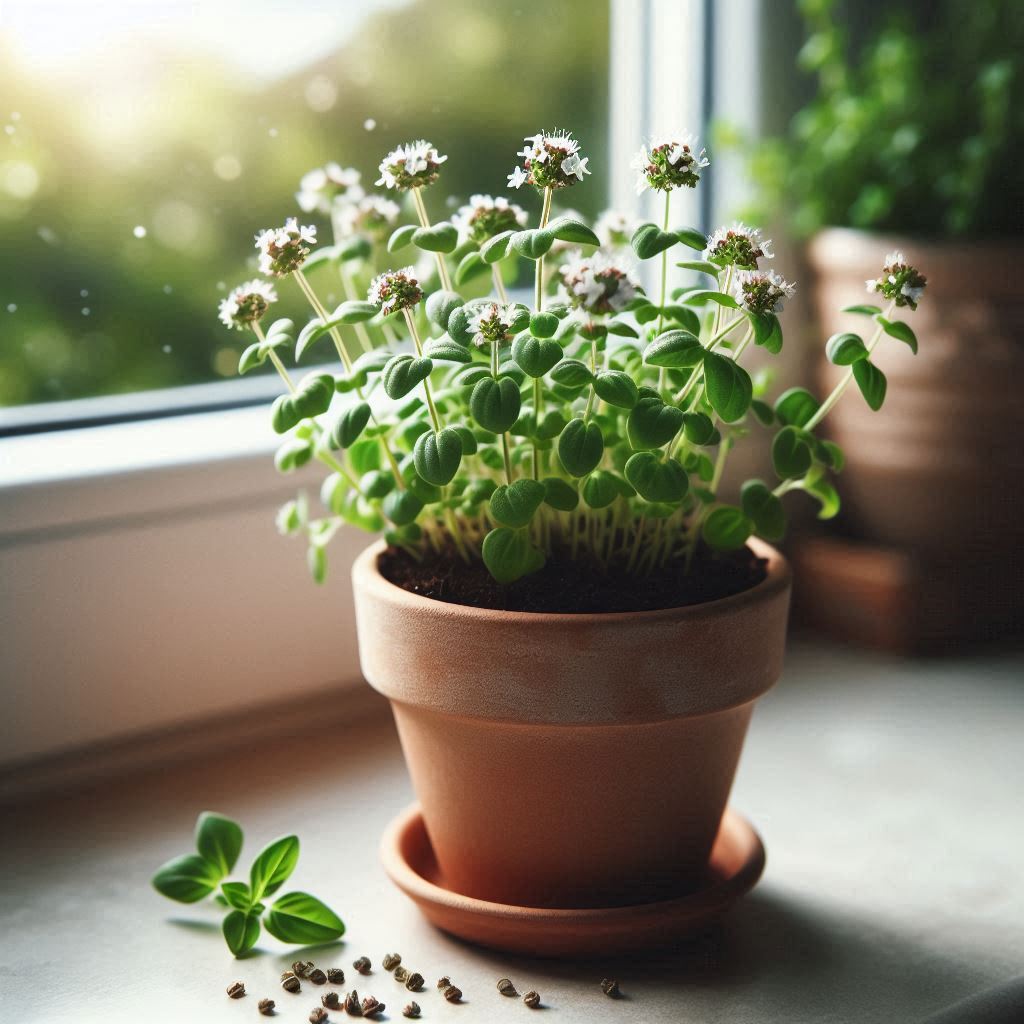Here’s what I’ve learned about garden cress. The most important thing is that it’s incredibly tasty and aromatic, filling the room with its scent when cut. It pairs well with salads, omelets, and appetizers such as pâtés, soft cheeses, and sauces. What’s particularly interesting are the properties and benefits of garden cress.
Chemical Composition of Garden Cress
11 Vitamins: Vitamin A (beta-carotene), B1, B2, B3 (or PP, niacin), B5, B6, B9 (folic acid), C, E (the youth vitamin, tocopherol), K, and choline (B4).
5 Macroelements: Potassium, calcium, magnesium, sodium, phosphorus.
5 Microelements: Iron, manganese, copper, selenium, zinc.
Garden cress fights spring vitamin deficiency. It lowers blood pressure, acts as an antibiotic against coccal flora, and heals wounds (in the form of a mashed poultice). It has diuretic and choleretic effects, helps with sleep, and improves appetite.
There are studies on garden cress being used to prevent anemia and cancer in general. In folk medicine, mashed poultices are applied to burns, ulcers, and insect bites. It helps inflamed joints and reduces swelling. The main thing is that growing garden cress on a windowsill is incredibly easy.
All of this is great, but what I love the most is that garden cress is an amazingly delicious green that grows anywhere and everywhere in no time at all! I highly recommend it!




